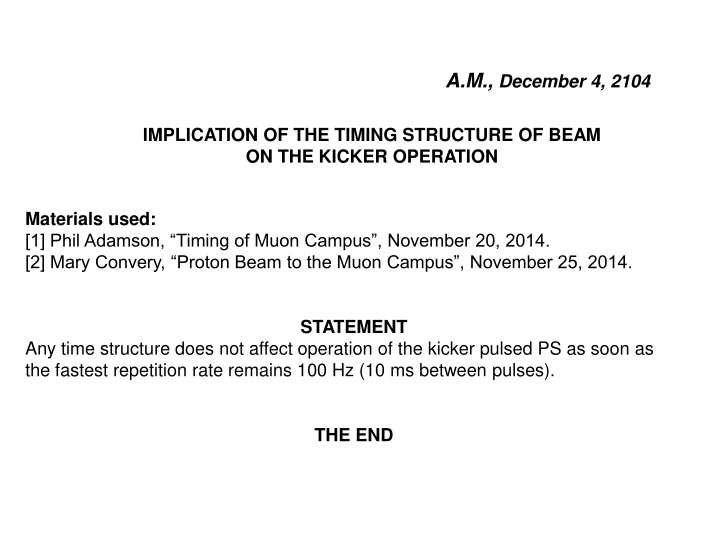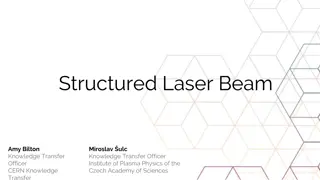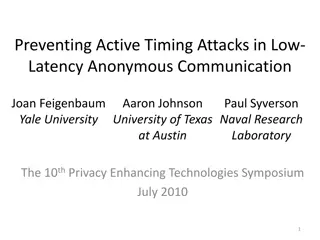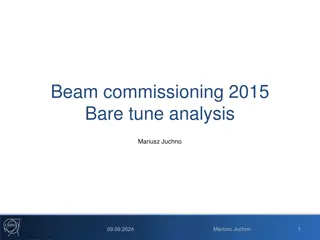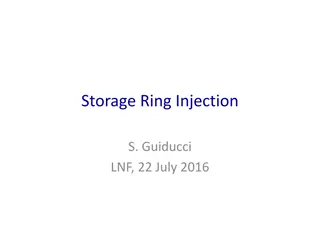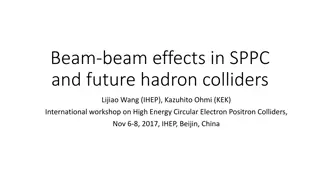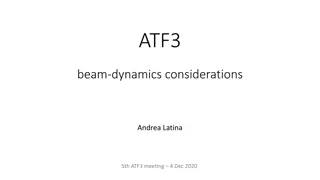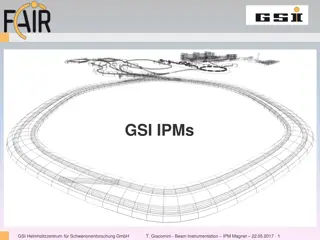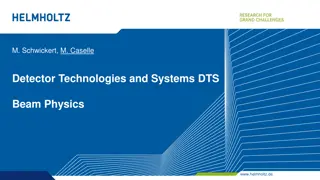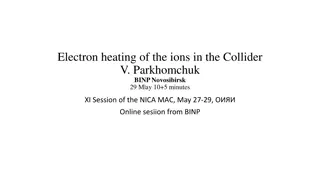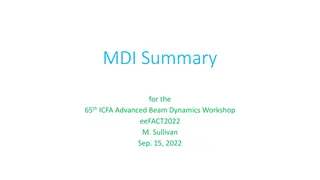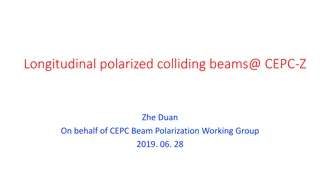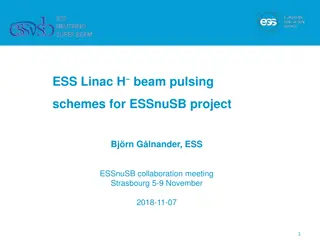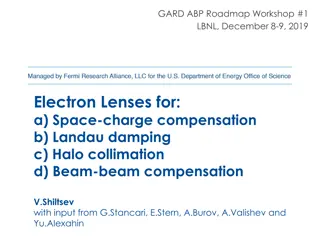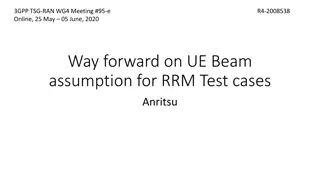Implications of Beam Timing on Kicker Operation
The timing structure of a beam on the kicker operation is discussed, showcasing various scenarios and proposed pulse trains. The impact of different pulse modes, cycle lengths, bunch lengths, and pulse separations on the kicker operation is evaluated through detailed analysis and comparisons. The content presents insights into optimizing beam timing for efficient kicker operation in a scientific setting.
Download Presentation

Please find below an Image/Link to download the presentation.
The content on the website is provided AS IS for your information and personal use only. It may not be sold, licensed, or shared on other websites without obtaining consent from the author.If you encounter any issues during the download, it is possible that the publisher has removed the file from their server.
You are allowed to download the files provided on this website for personal or commercial use, subject to the condition that they are used lawfully. All files are the property of their respective owners.
The content on the website is provided AS IS for your information and personal use only. It may not be sold, licensed, or shared on other websites without obtaining consent from the author.
E N D
Presentation Transcript
A.M., December 4, 2104 IMPLICATION OF THE TIMING STRUCTURE OF BEAM ON THE KICKER OPERATION Materials used: [1] Phil Adamson, Timing of Muon Campus , November 20, 2014. [2] Mary Convery, Proton Beam to the Muon Campus , November 25, 2014. STATEMENT Any time structure does not affect operation of the kicker pulsed PS as soon as the fastest repetition rate remains 100 Hz (10 ms between pulses). THE END
Original g-2 Pulse Train g-2 average 12Hz pulse scenario 3
g-2 Proposed Pulse Train (9 Hz mode) Begin cycle End cycle Bunch length of 1 pulse 12 / 20 Nova Cycles 120 nsec 100Hz Pulse separation Lens pulse length 400 sec 10 msec 1066 msec 167 msec ~ ~ 5 6 7 8 1 2 3 4 9 10 1112 Pulse # MI Nova Cycle Length 1.33 sec 4
g-2 Proposed Pulse Train (12 Hz mode) Loss of 1 Nova Pulse Begin cycle End cycle Bunch length of 1 pulse 11 / 20 Nova Cycles 120 nsec 100Hz Pulse separation Lens pulse length 400 sec 10 msec 990 msec 193 msec ~ ~ 5 6 7 8 1 2 3 4 9 10 1112 13 1415 16 Pulse # MI Nova Cycle Length 1.33 sec 5
g-2 Proposed Pulse Train (11.4 Hz mode) Extended Cycle Length Begin cycle End cycle Bunch length of 1 pulse 12 / 21 Nova Cycles 120 nsec 4.2% Loss for Nova per Cycle g-2 runs at 11.4 Hz 100Hz Pulse separation Lens pulse length 400 sec 10 msec 1057 msec 193 msec ~ ~ 5 6 7 8 1 2 3 4 9 10 1112 13 1415 16 Pulse # MI Nova Cycle Length 1.3997 sec 6
g-2 Proposed Pulse Train (6 Hz mode) Begin cycle End cycle Bunch length of 1 pulse 12 / 20 Nova Cycles 120 nsec 100Hz Pulse separation Lens pulse length 400 sec 10 msec 1100 msec 167 msec ~ ~ 1 2 3 4 5 6 7 8 Pulse # MI Nova Cycle Length 1.33 sec 7
g-2 Pulse Train at the Target (12Hz mode) Begin cycle End cycle Lens pulse length 490 sec Bunch length of 1 pulse 120 nsec 100Hz 30Hz Train propagation Pulse separation 800 msec 10 msec 90 msec ~ ~ 5 6 7 8 9 10 1112 13 14 15 16 1 2 3 4 Pulse # Cycle length 1.33 sec 8
